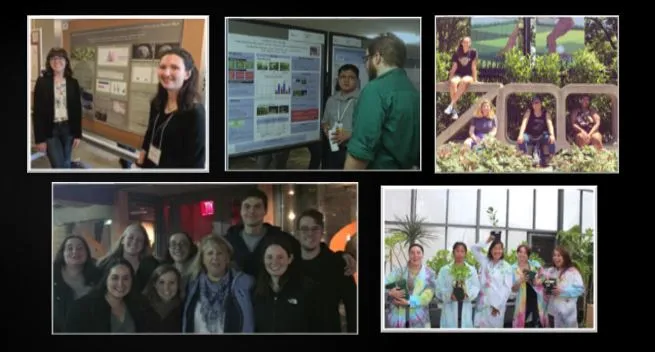Summer Scholars Program
While there is a longstanding tradition of summer research in the department, the last two years have seen the genesis of the School of Humanities and Sciences Summer Scholar Program. Students in the Summer Scholar program come from all disciplines, from Biology to English. In addition to 8-10 weeks of full-time research, our Summer Scholars now engage in community activities that help them network and learn to communicate their research with people from the broad range of other disciplines. Each summer the Biology faculty mentor around eight students.
A Special Thank You
The full richness of experience we strive to provide each of our students is made possible by the families and friends who have made gifts to the department. We sincerely appreciate the support for students to gain research experiences and pursue academic goals that would otherwise have been beyond their reach. We are particularly pleased to acknowledge with gratitude the awards which provide ongoing assistance to the program:
- Dr. James D. Albert ’78 and Bette Ann Sacks Albert ’80 Scholarship
- The Bernard Family Fund for Undergraduate Research in Biology
- Bertolini Endowment
- The Jack and Flo Bernard Scholarship
- Jason Dickens Book Fund
- The George A. Gonzalez-Gallardo ‘79 Scholarship
- Fred Kastenbaum PreHealth Award
- Larry Metzger, M.S. ‘87, Memorial Scholarship
- Thomas J. ‘02 & David C. ‘05 Metzger Undergraduate Research Fund
